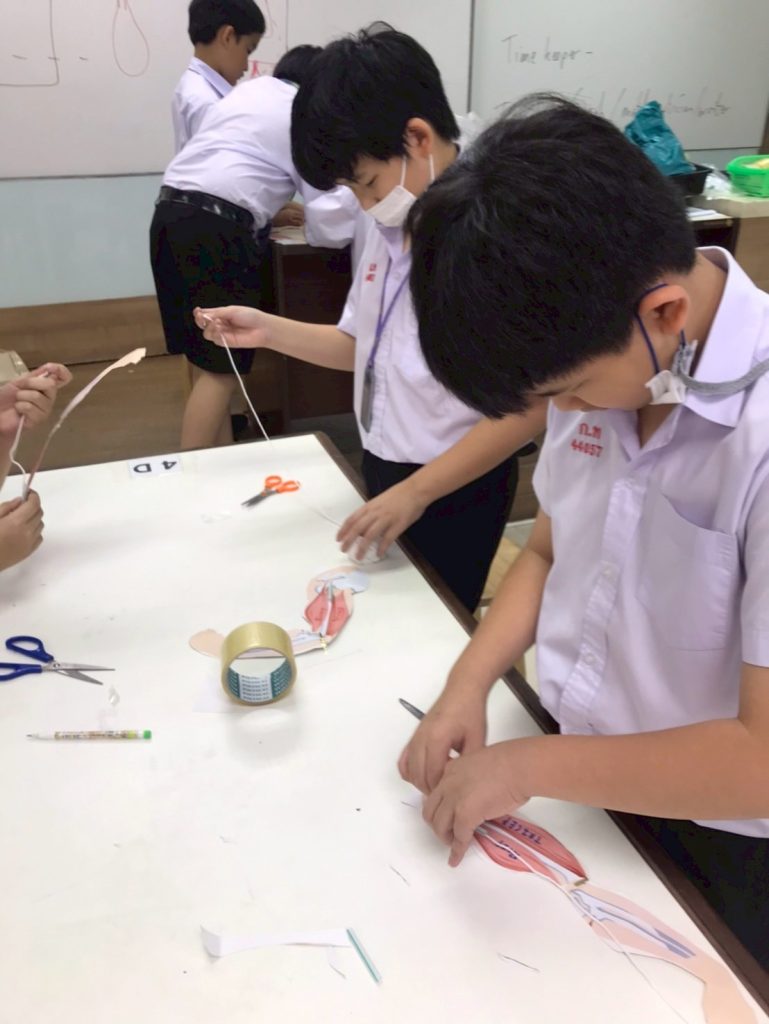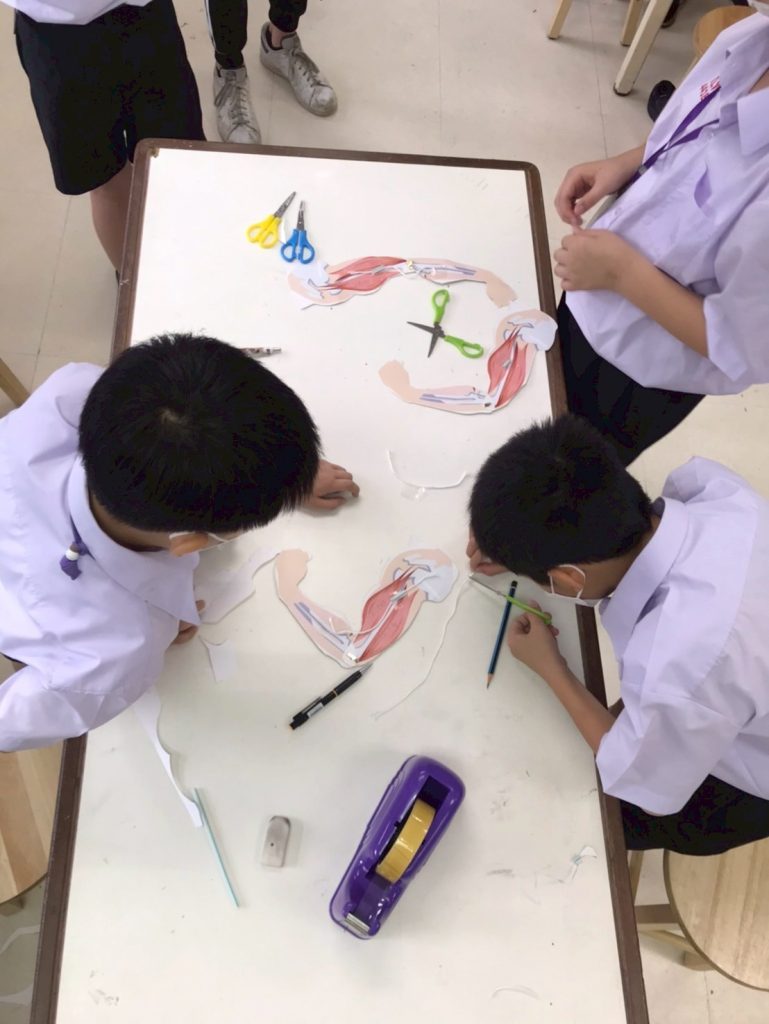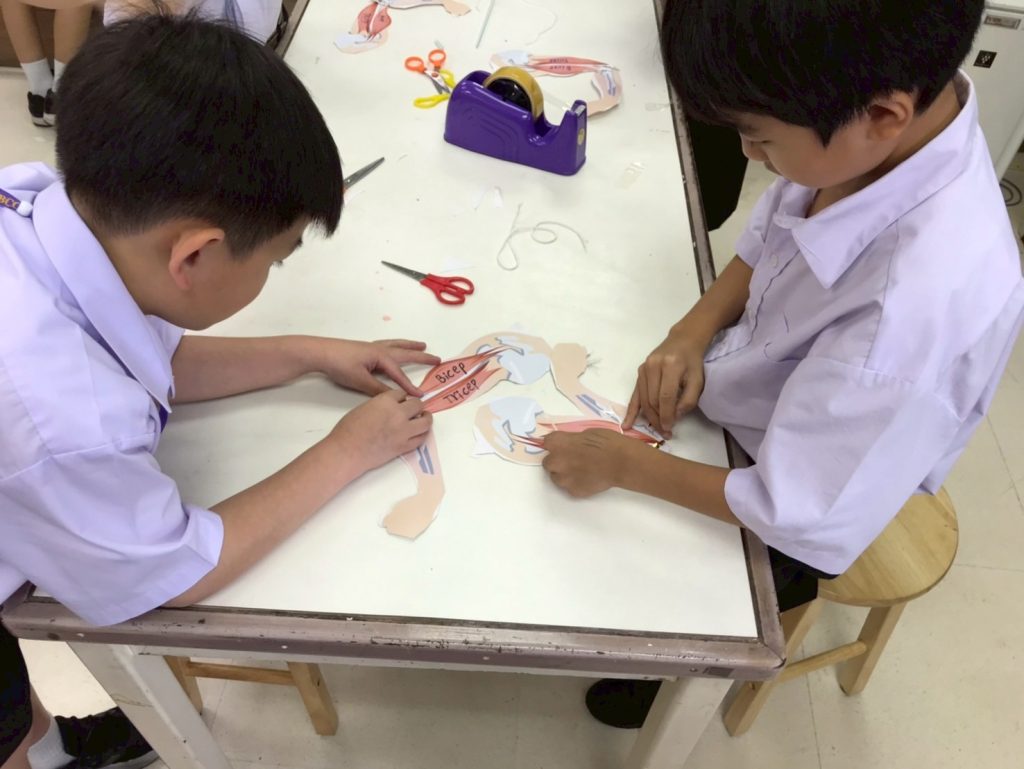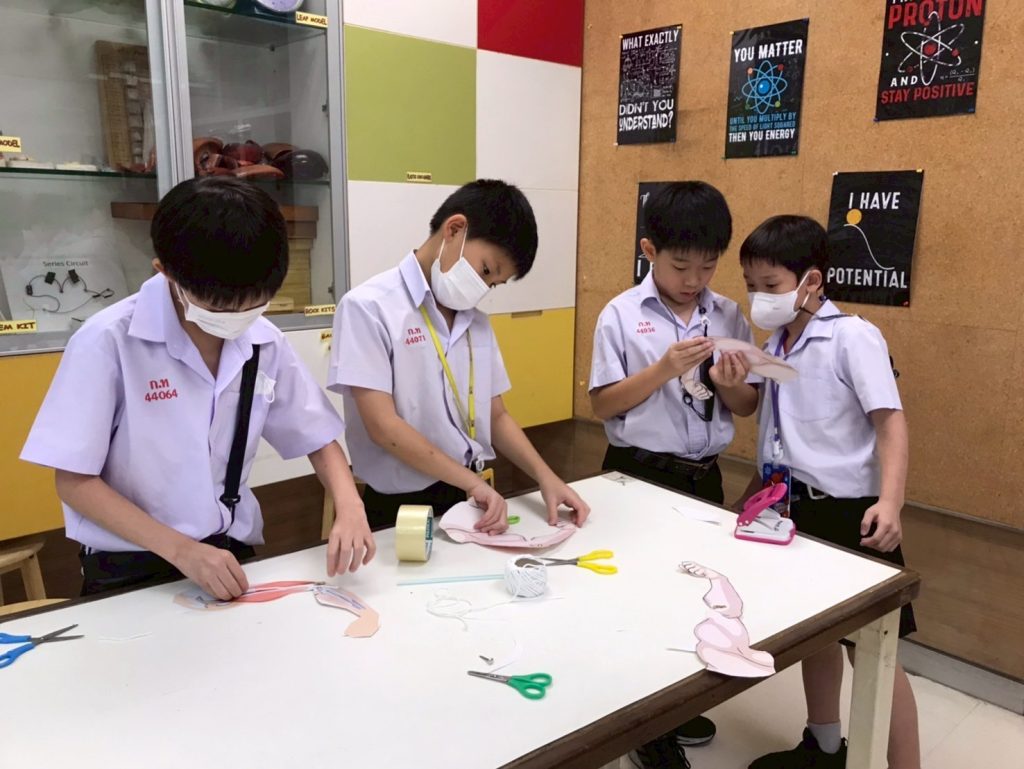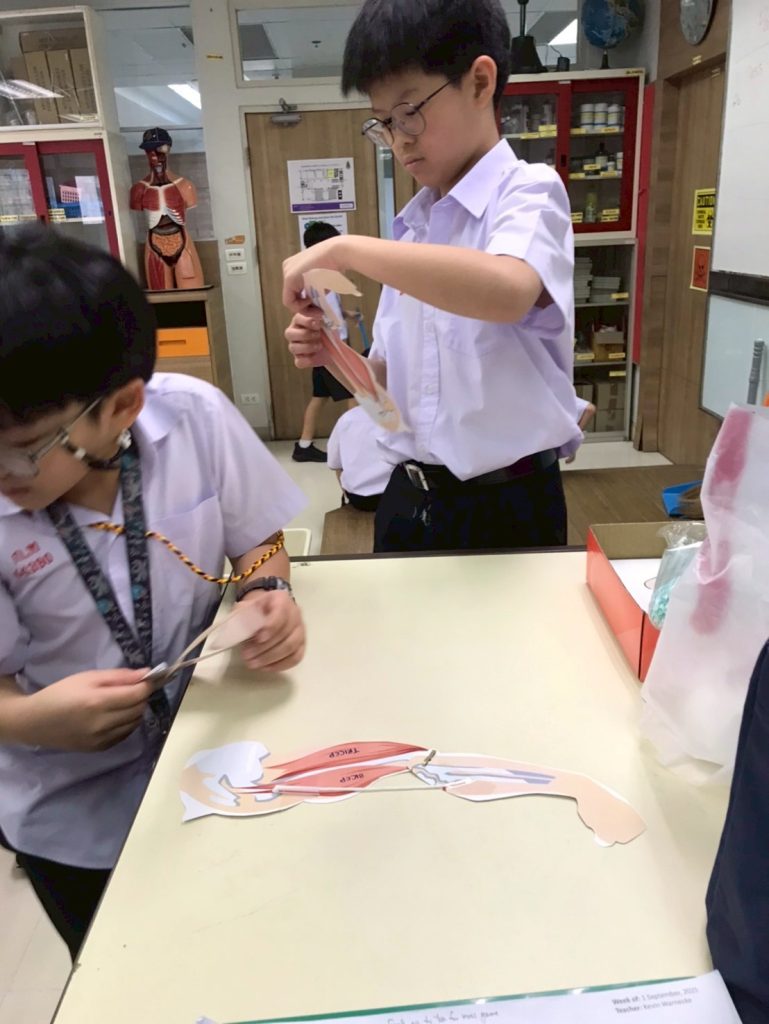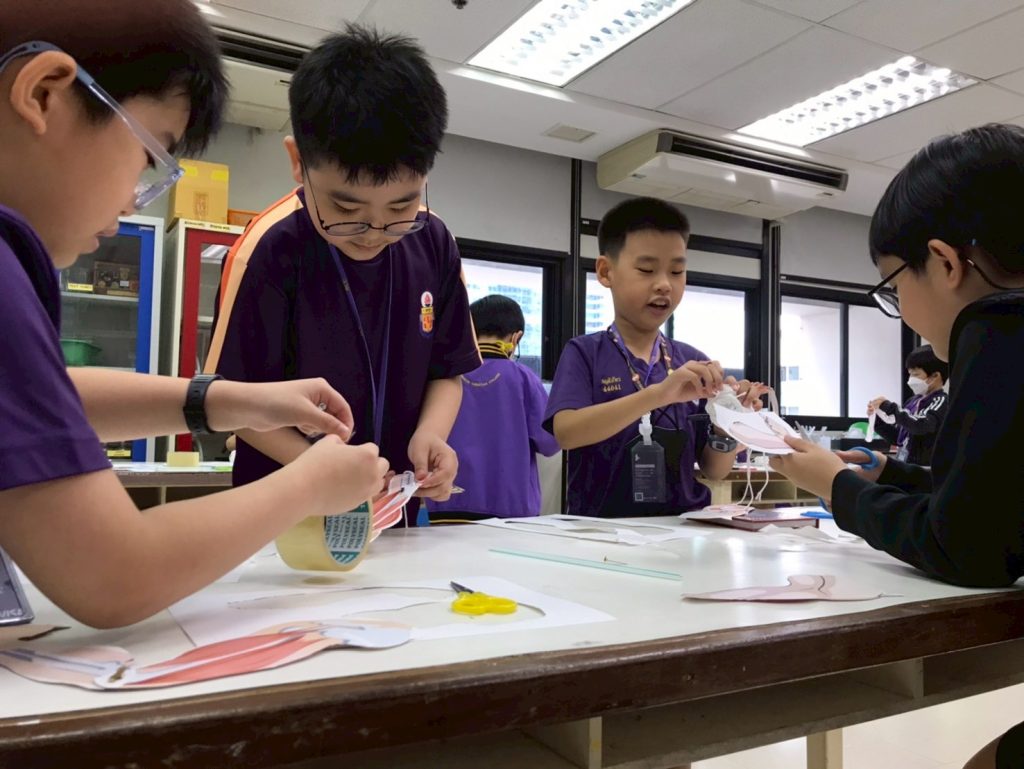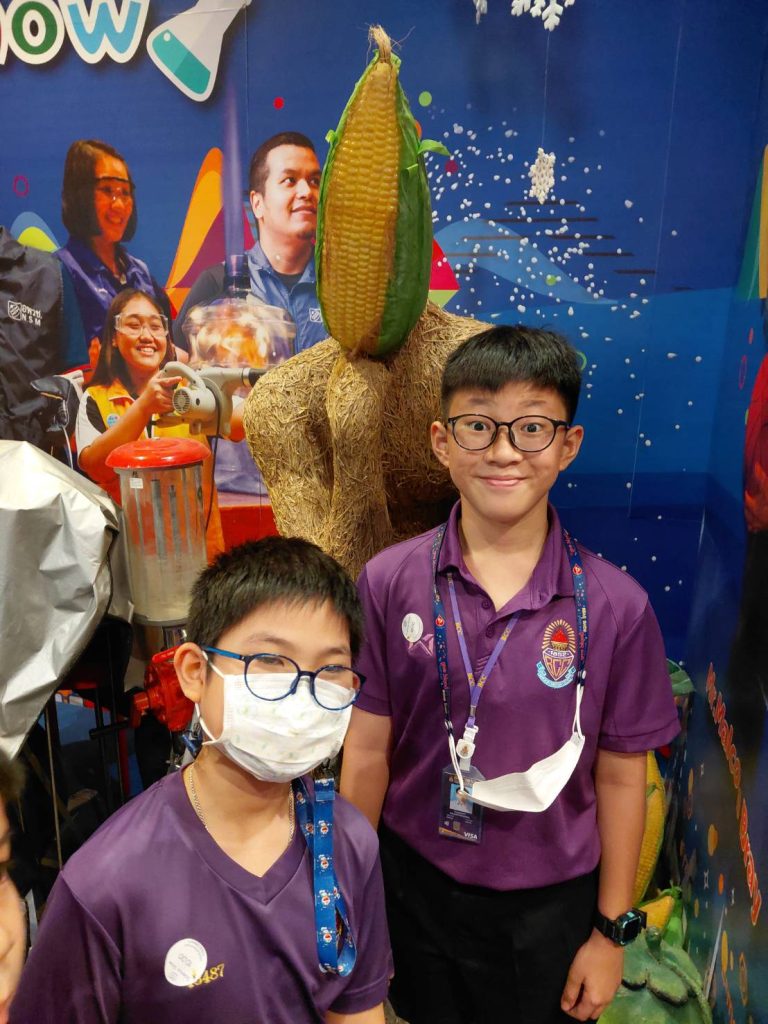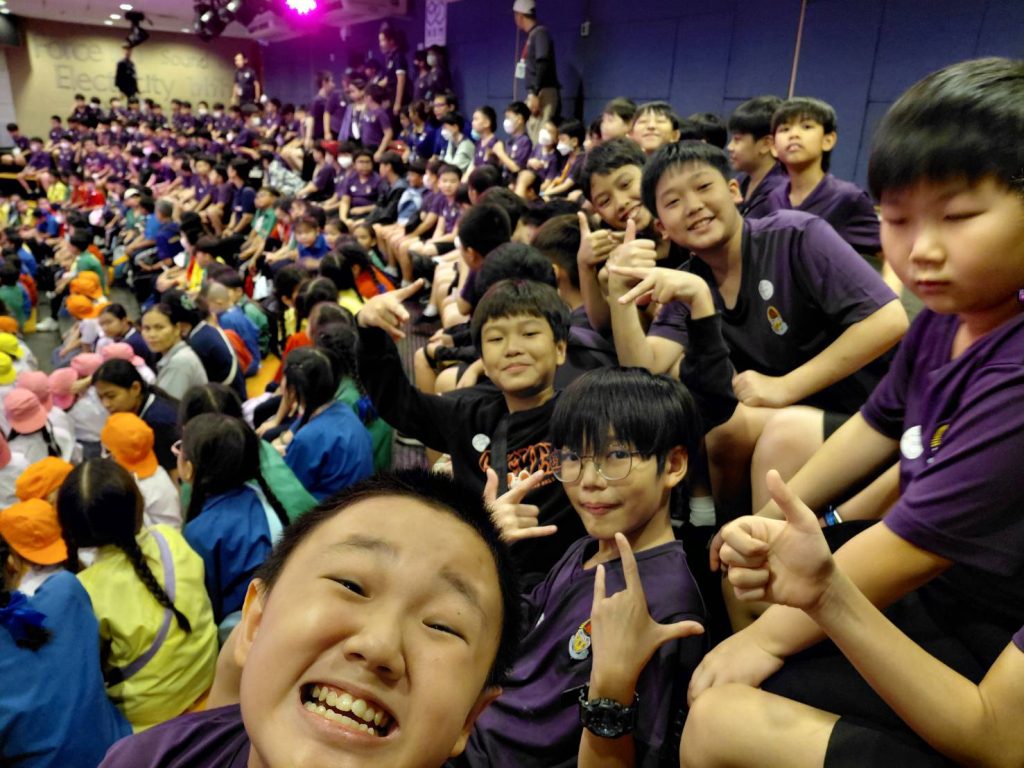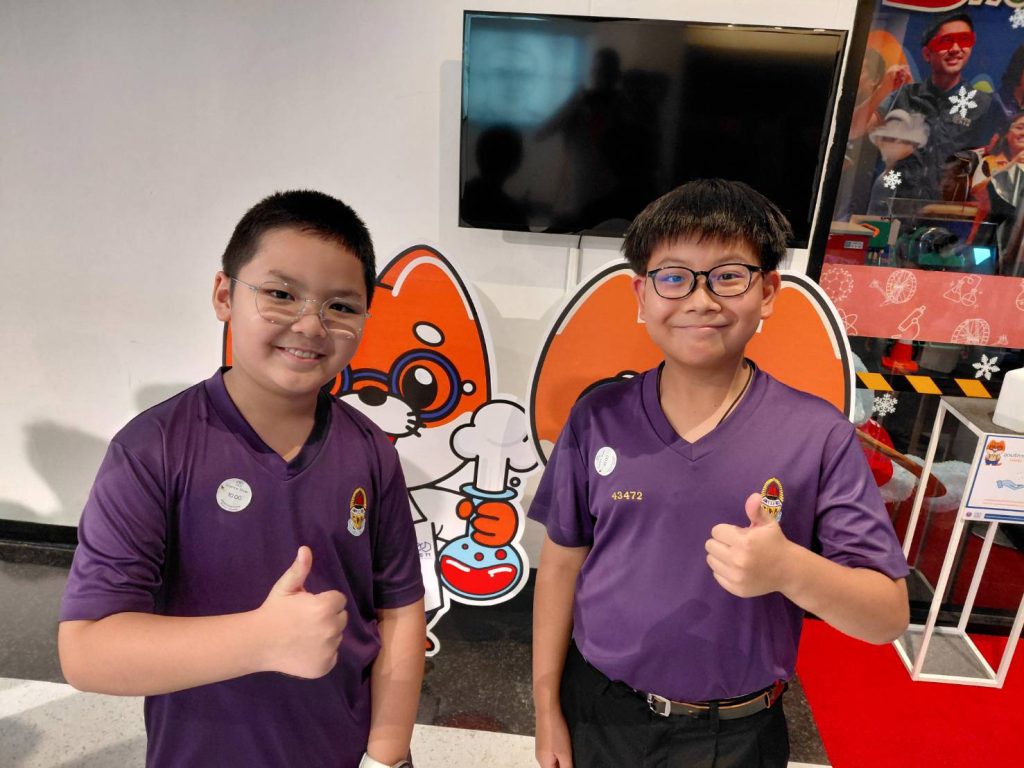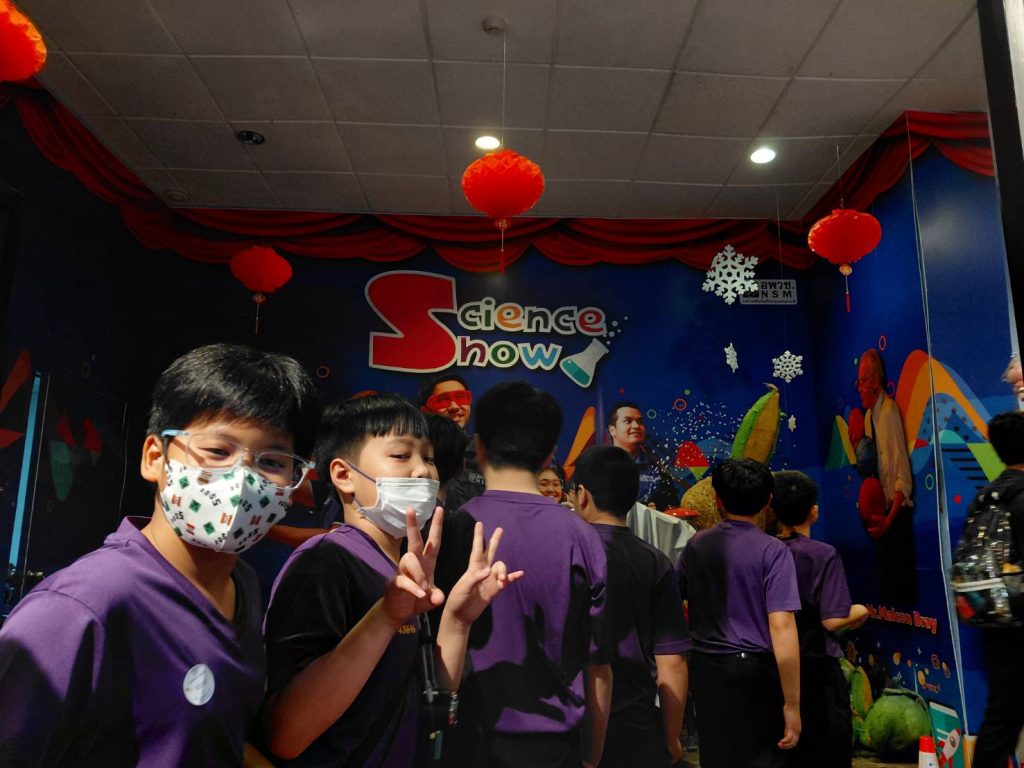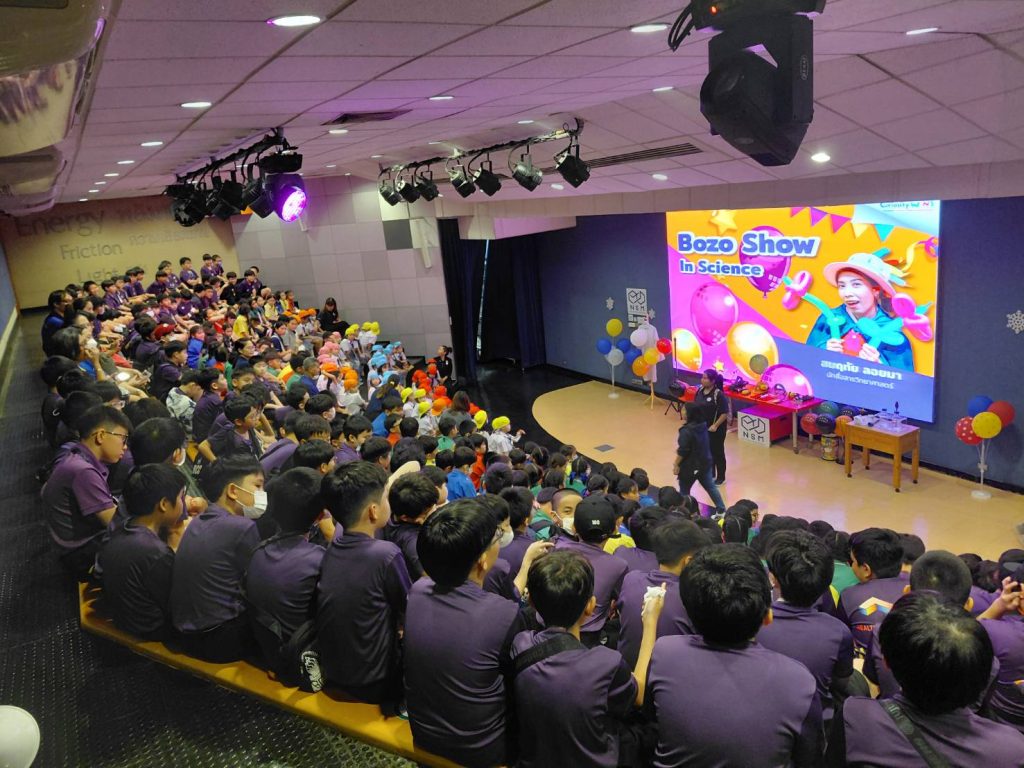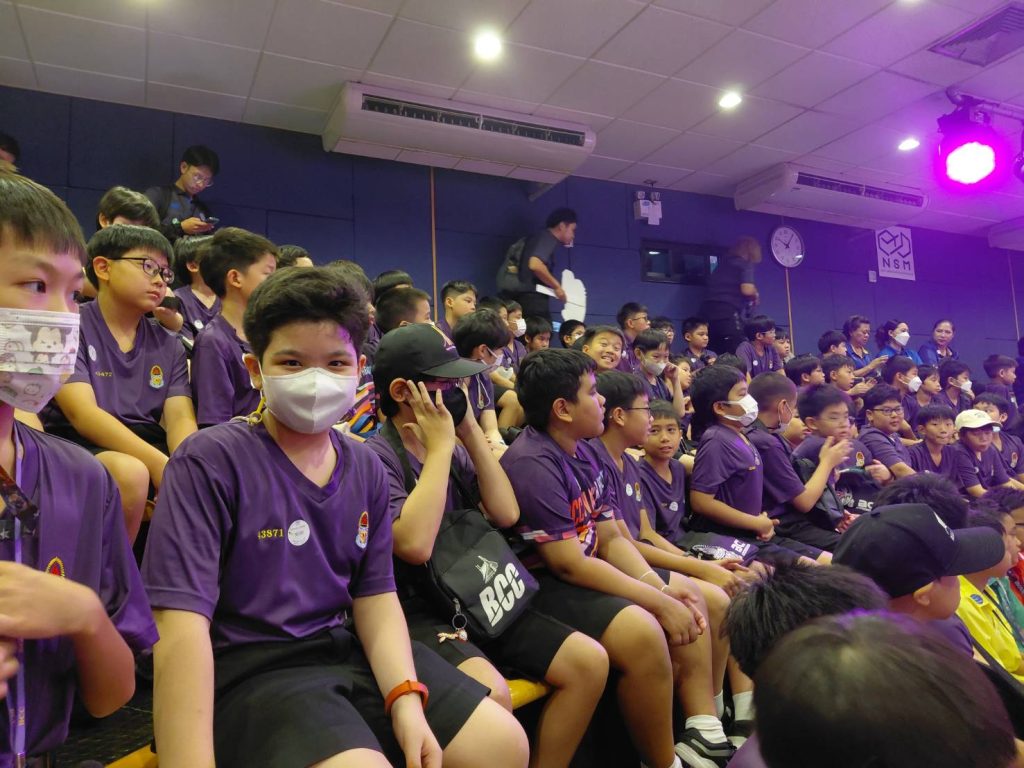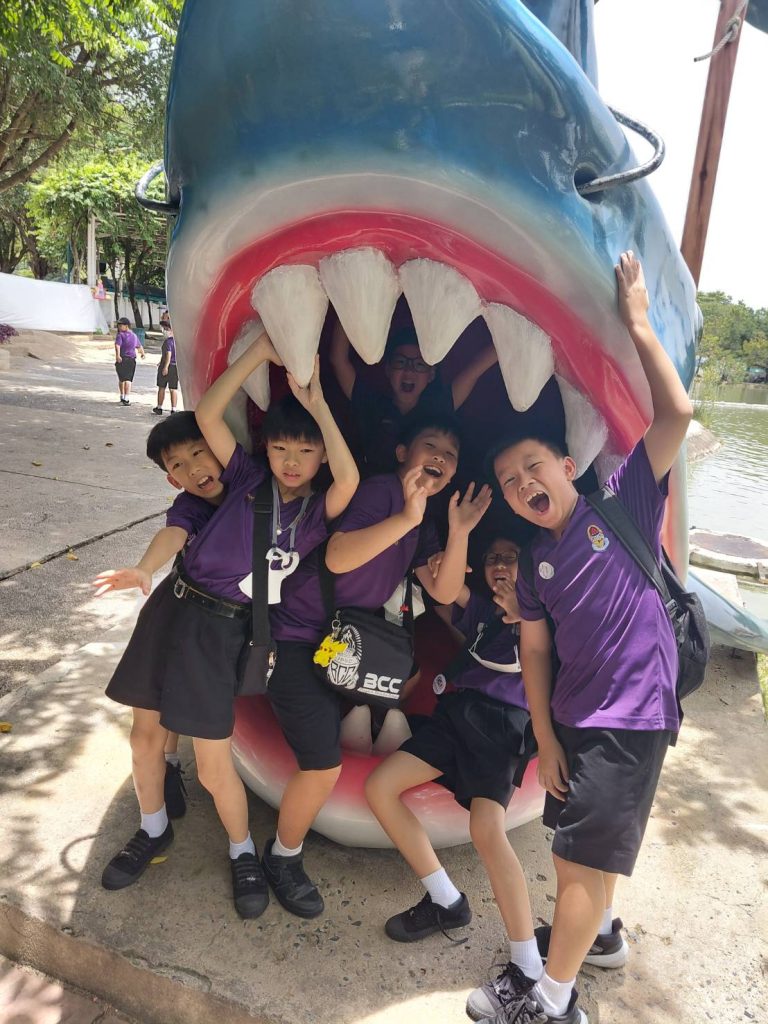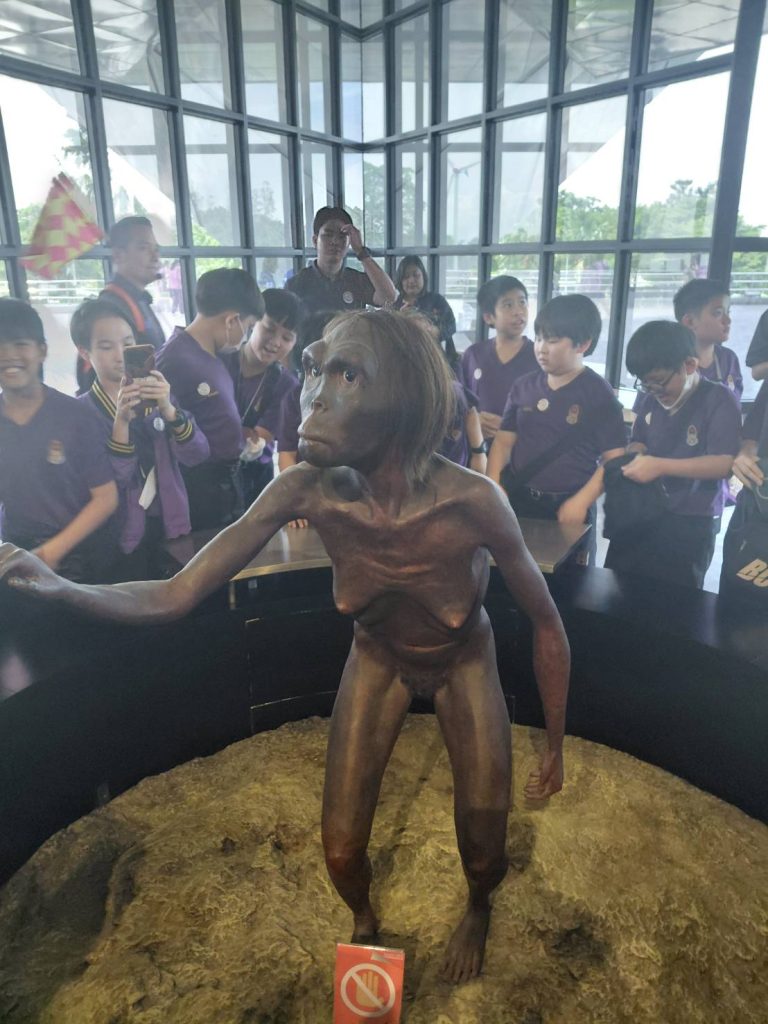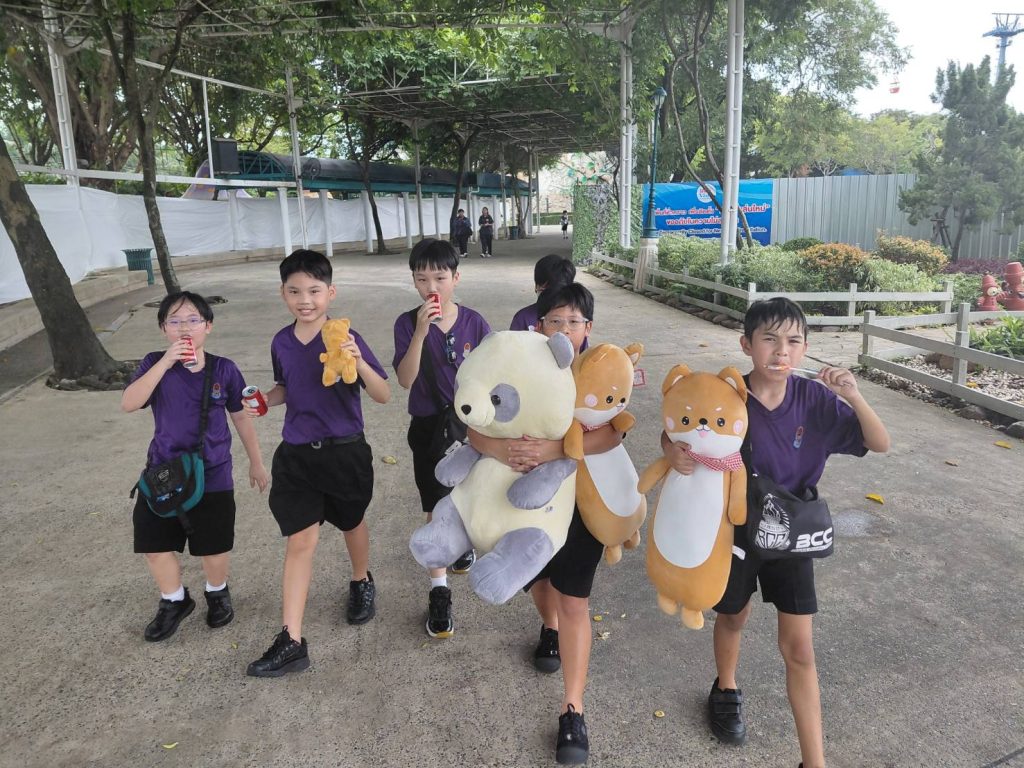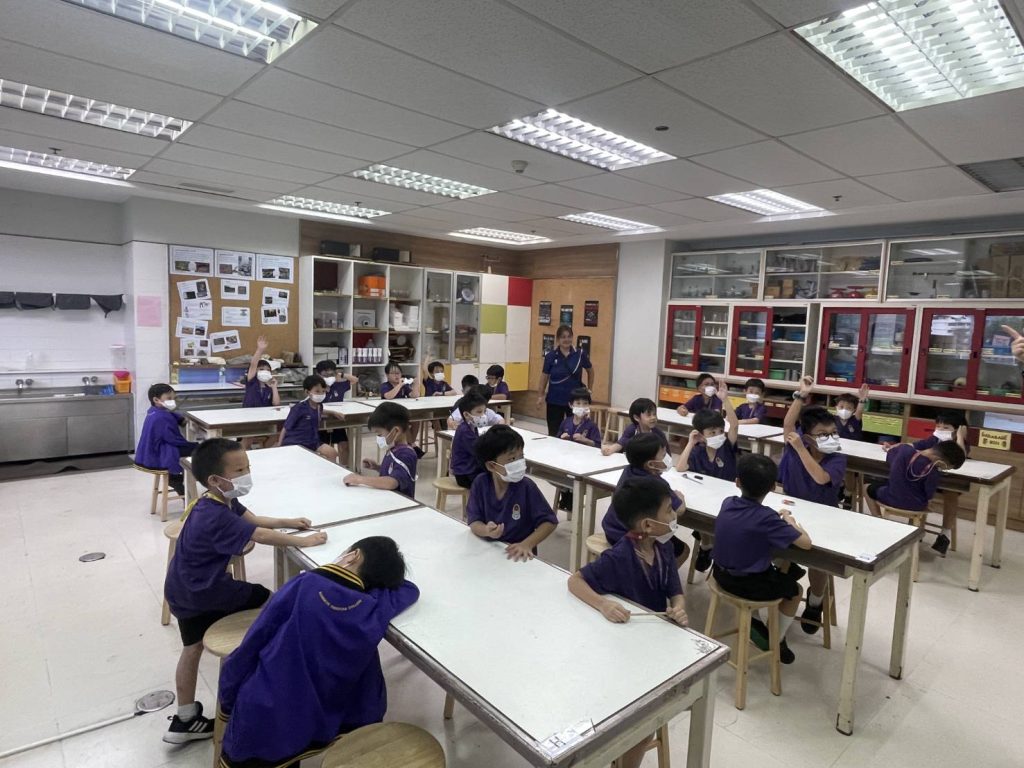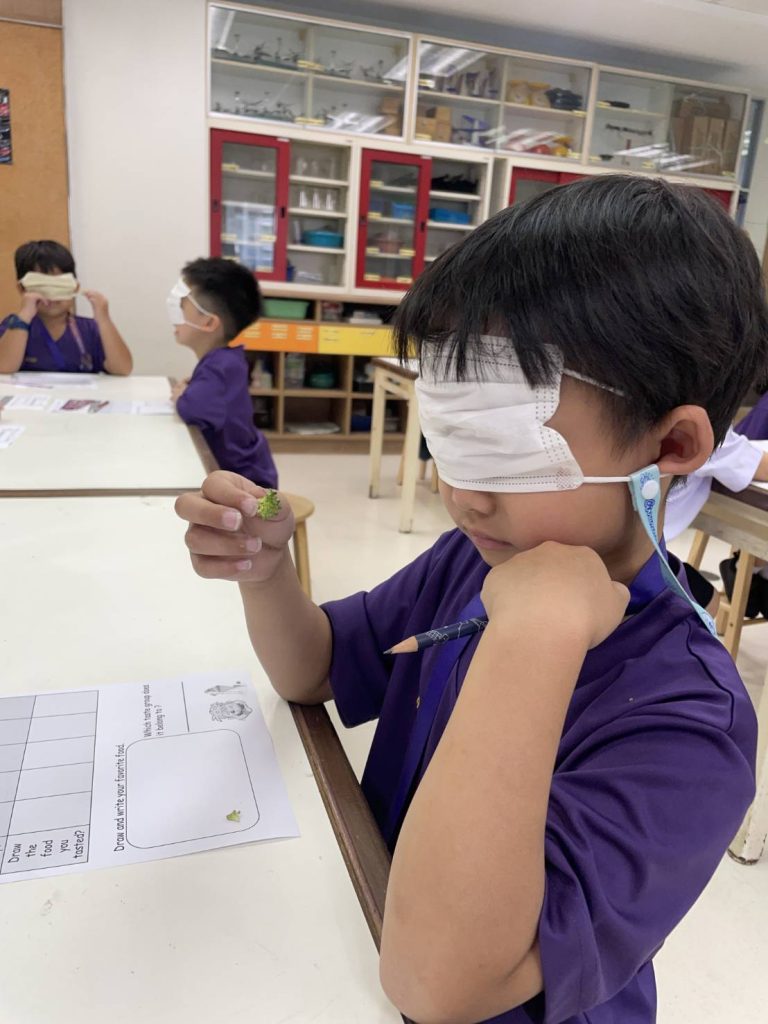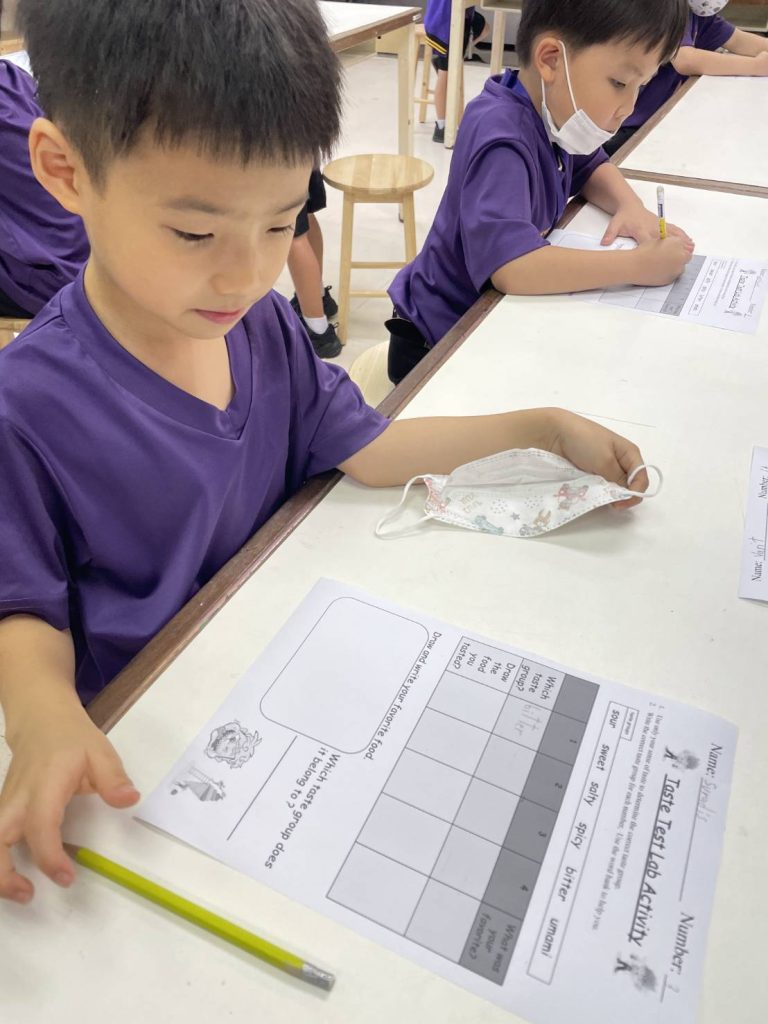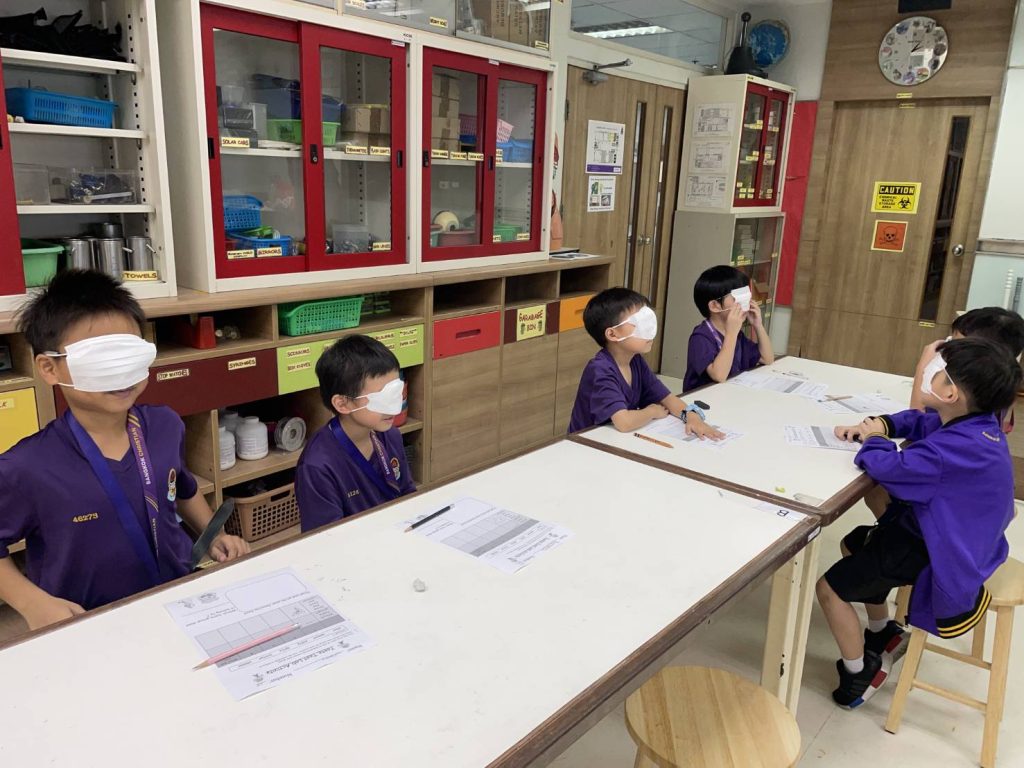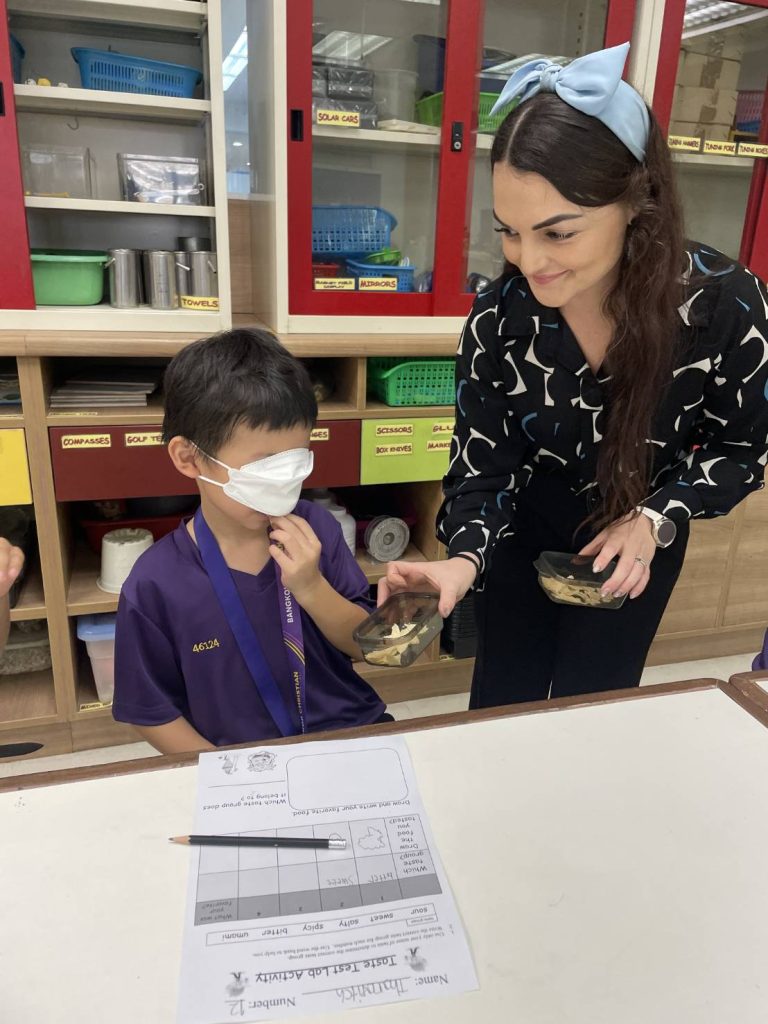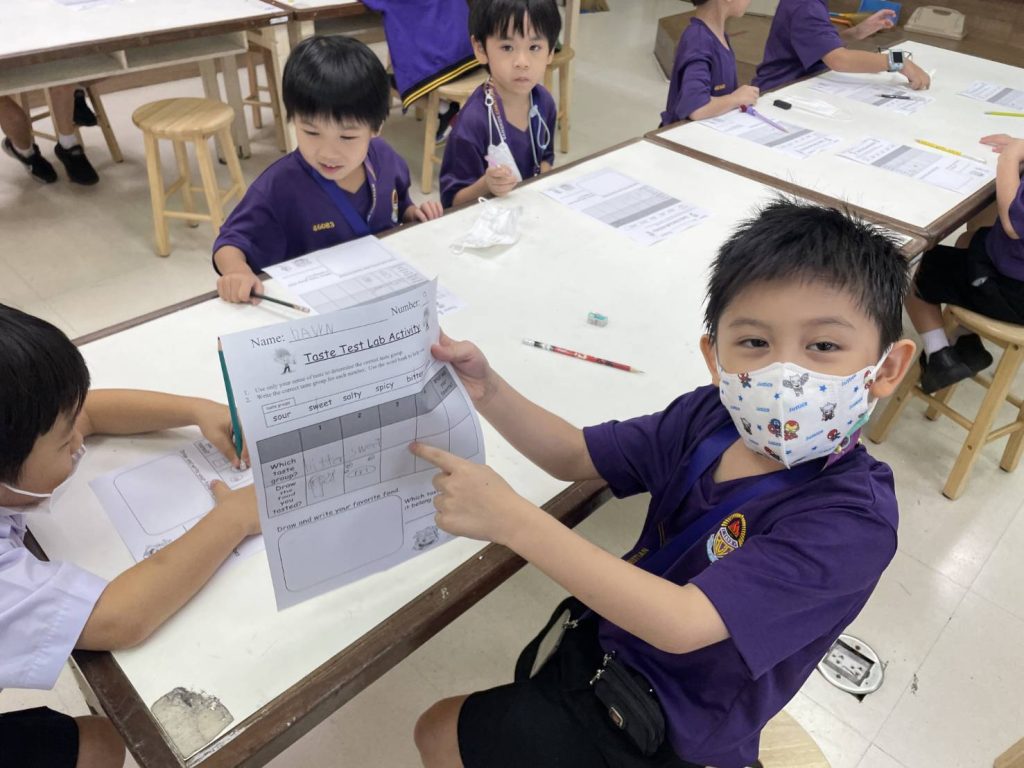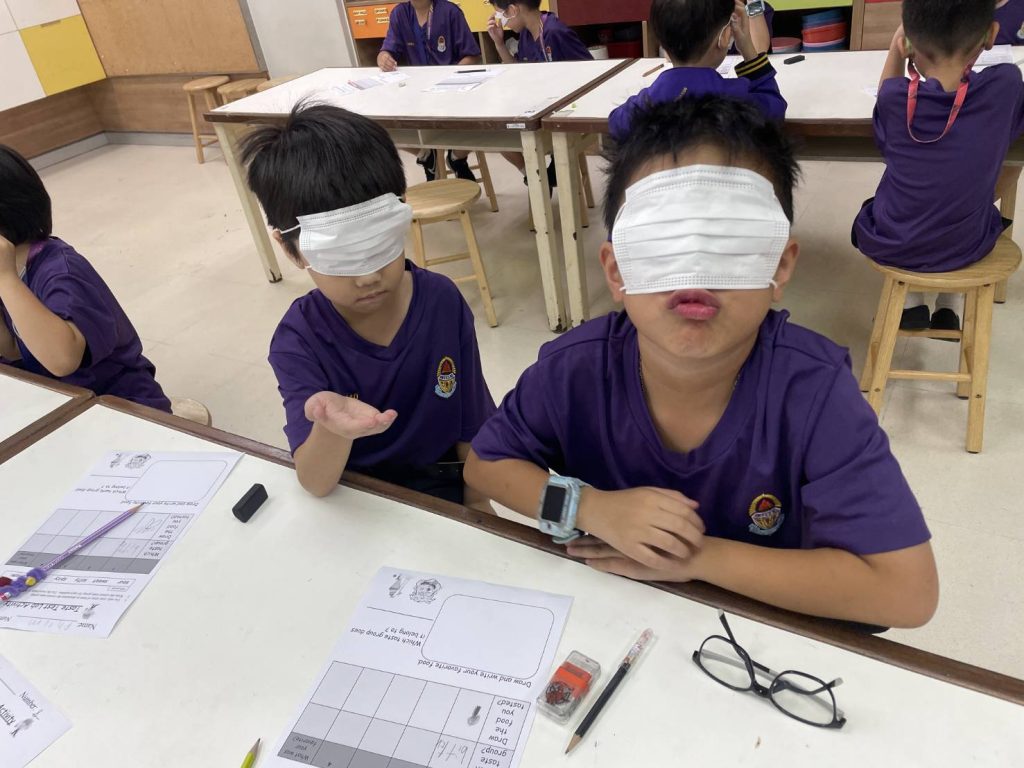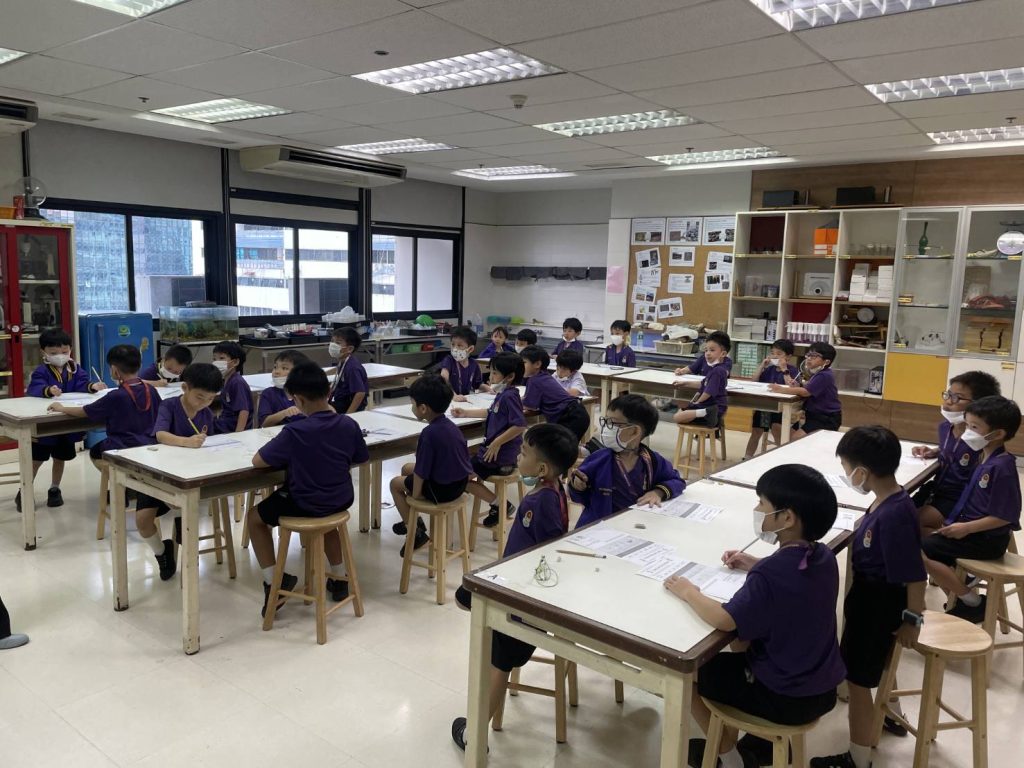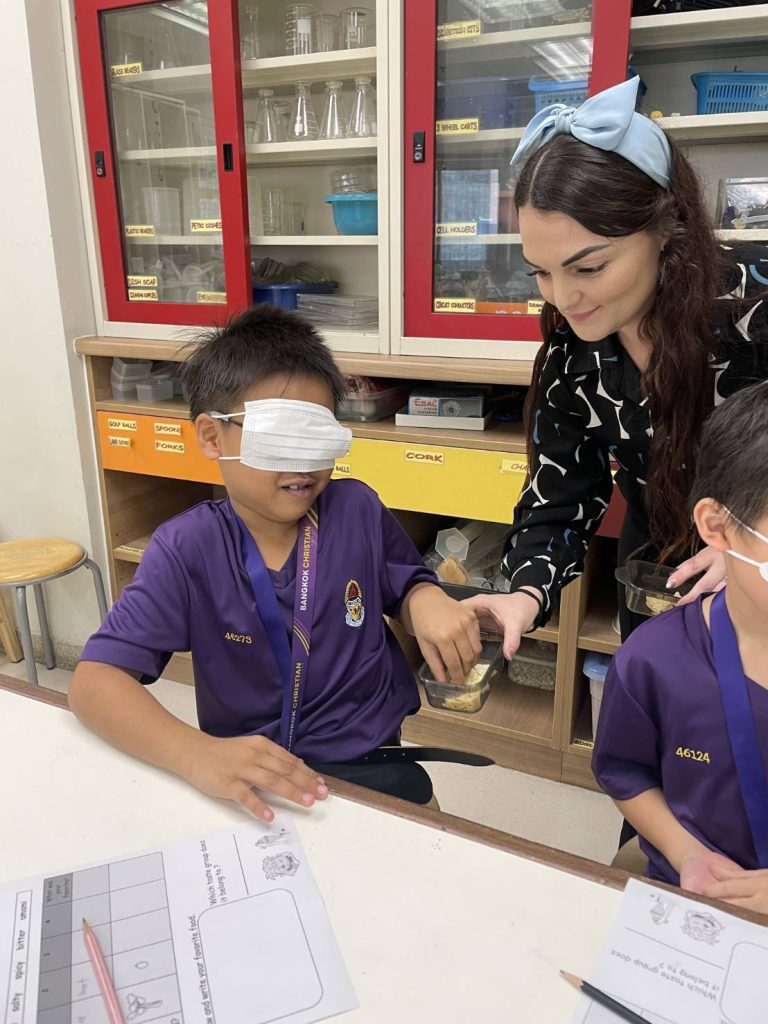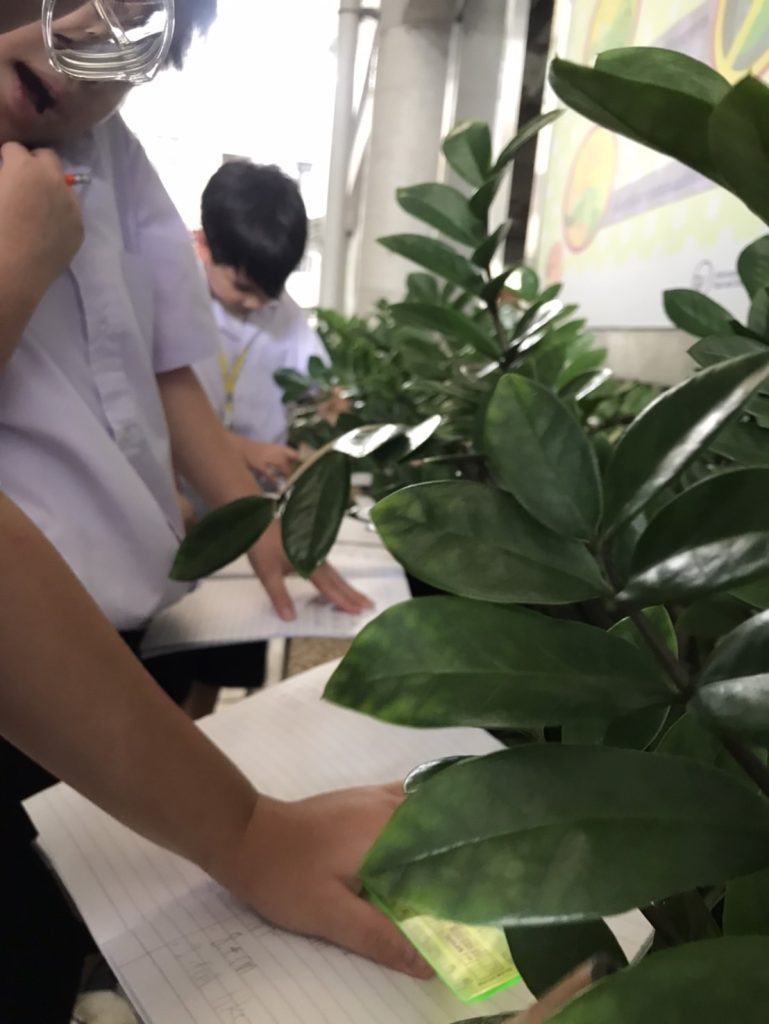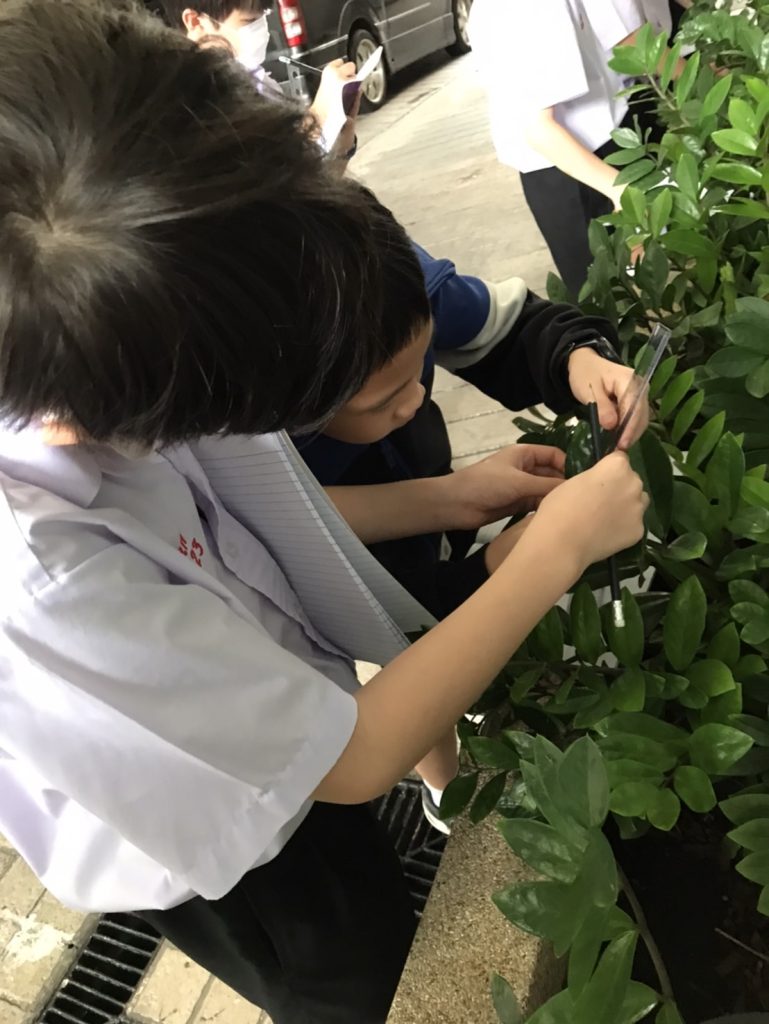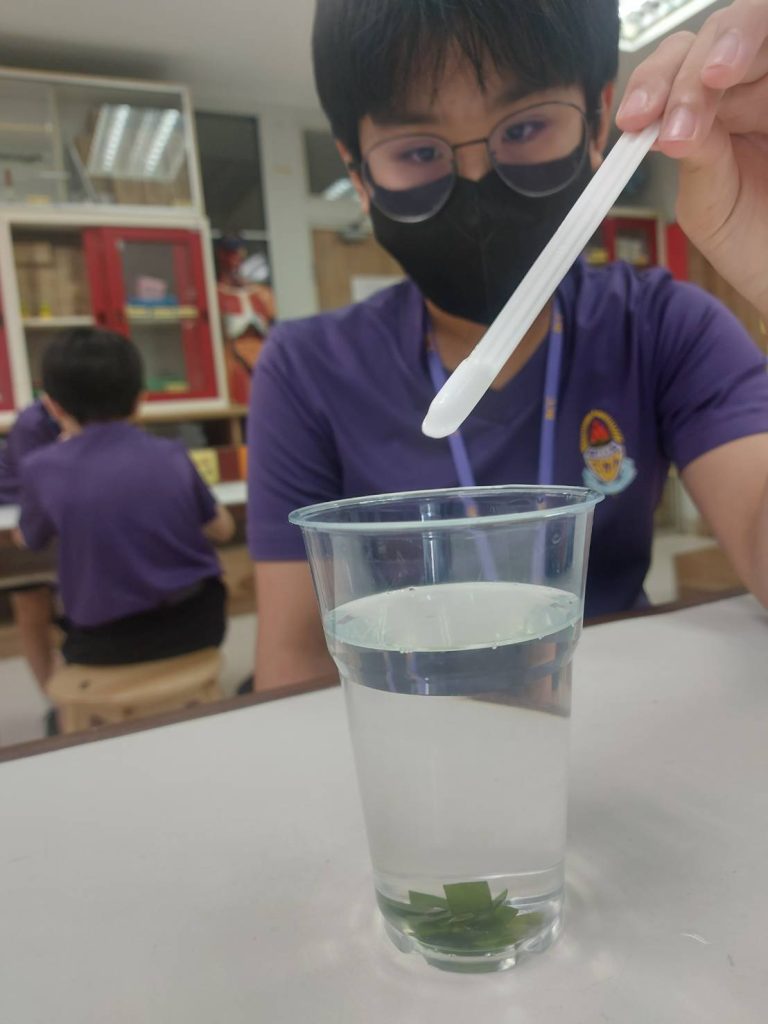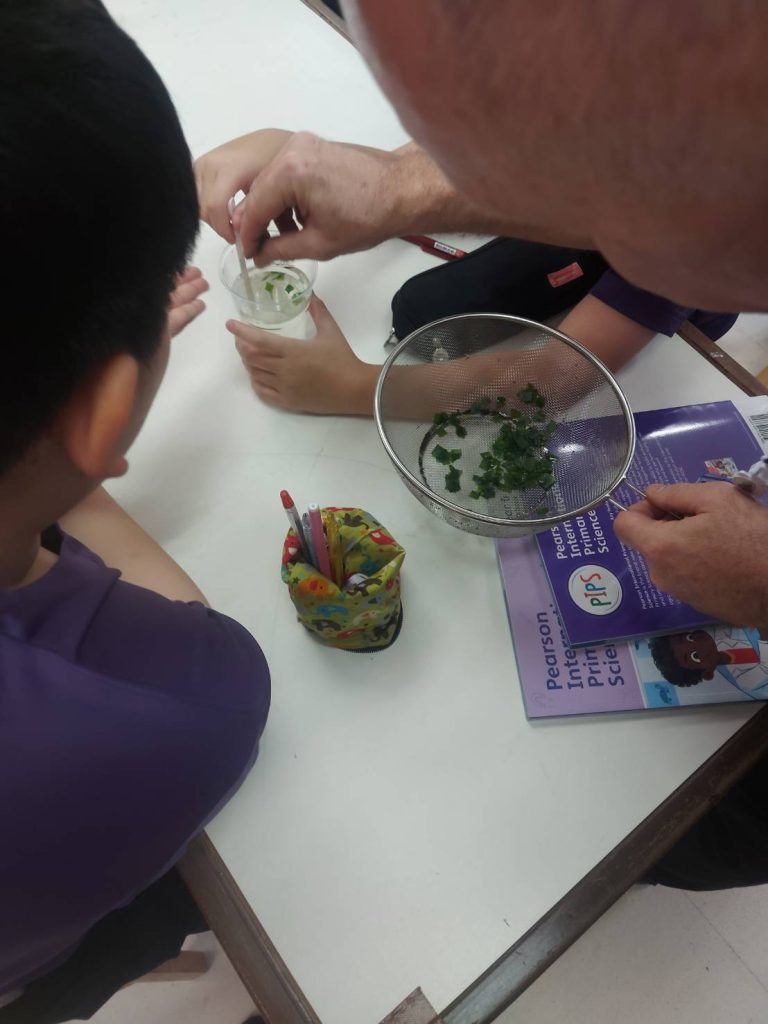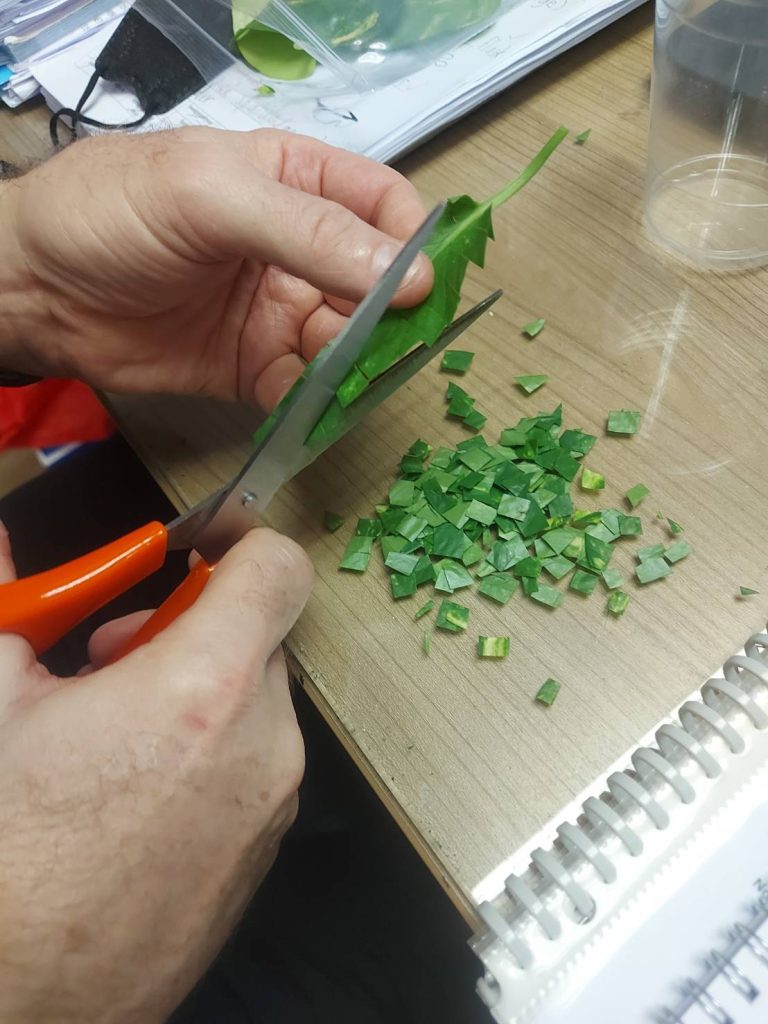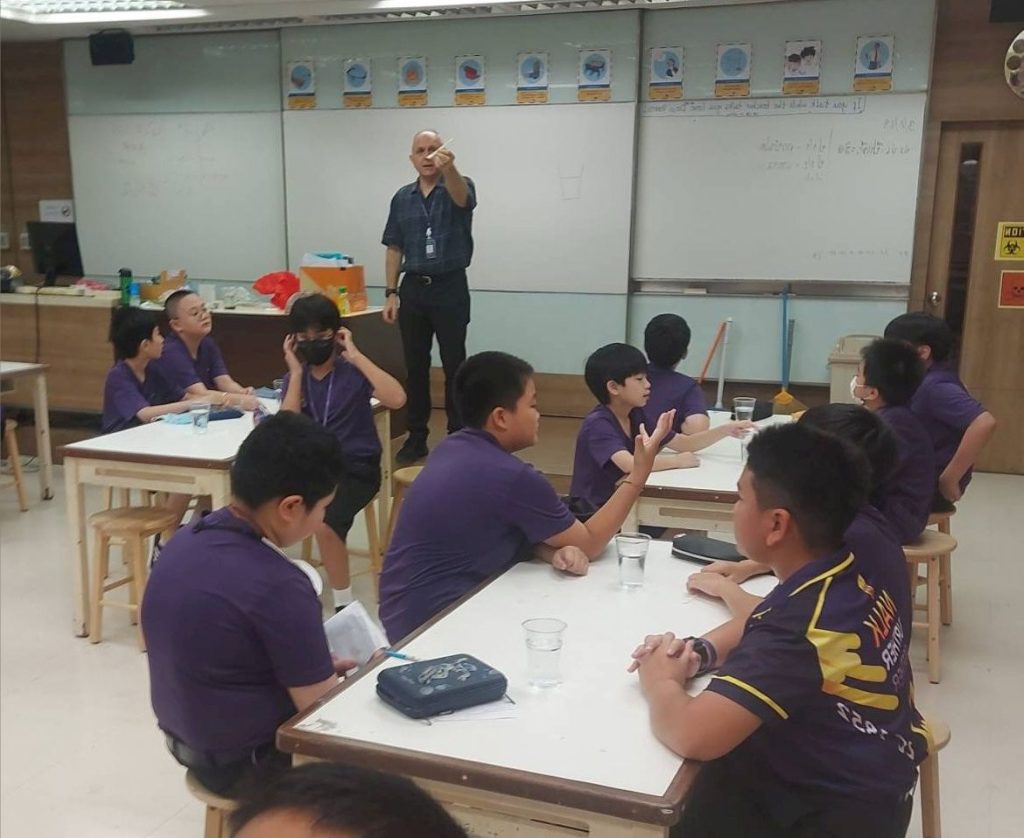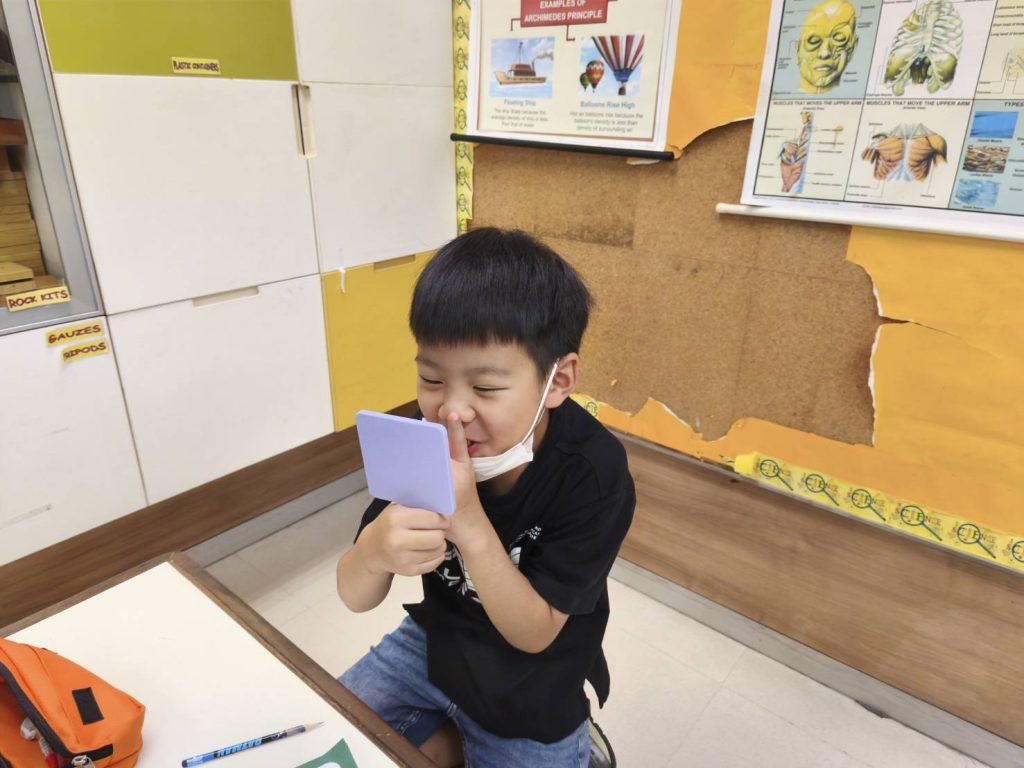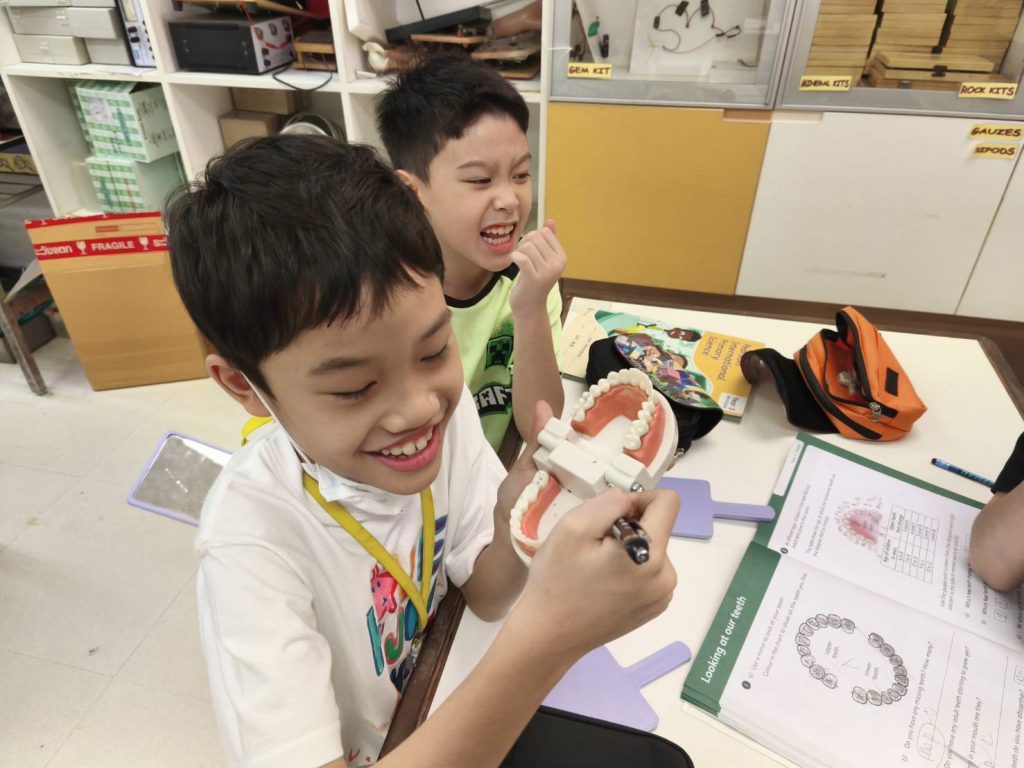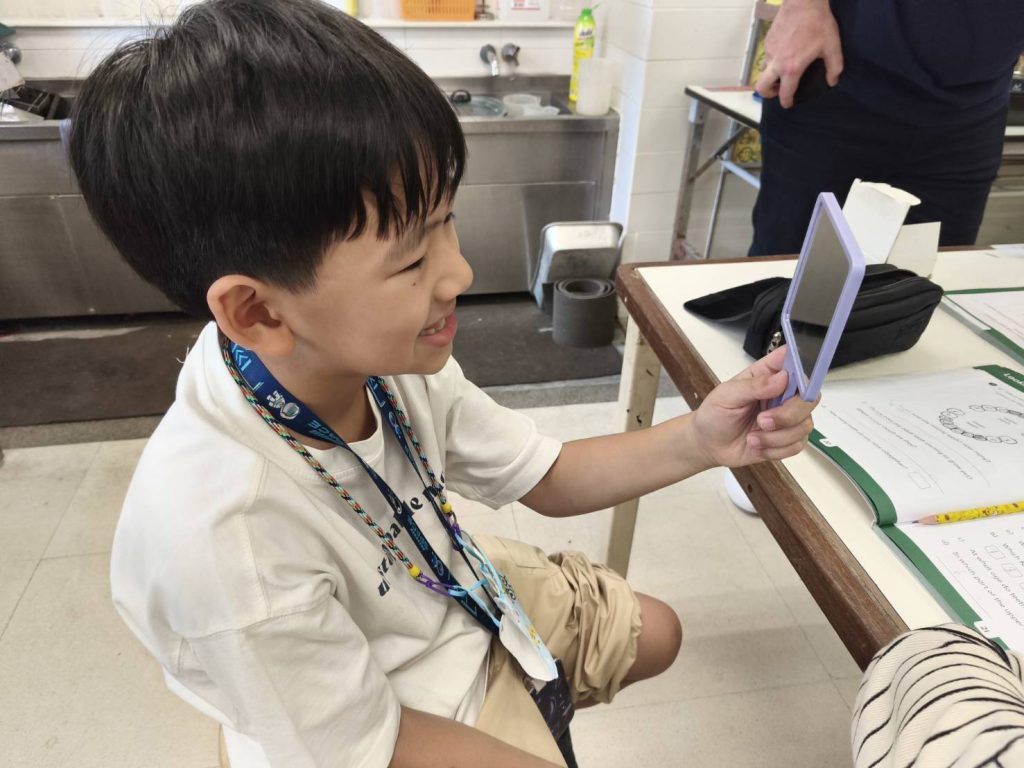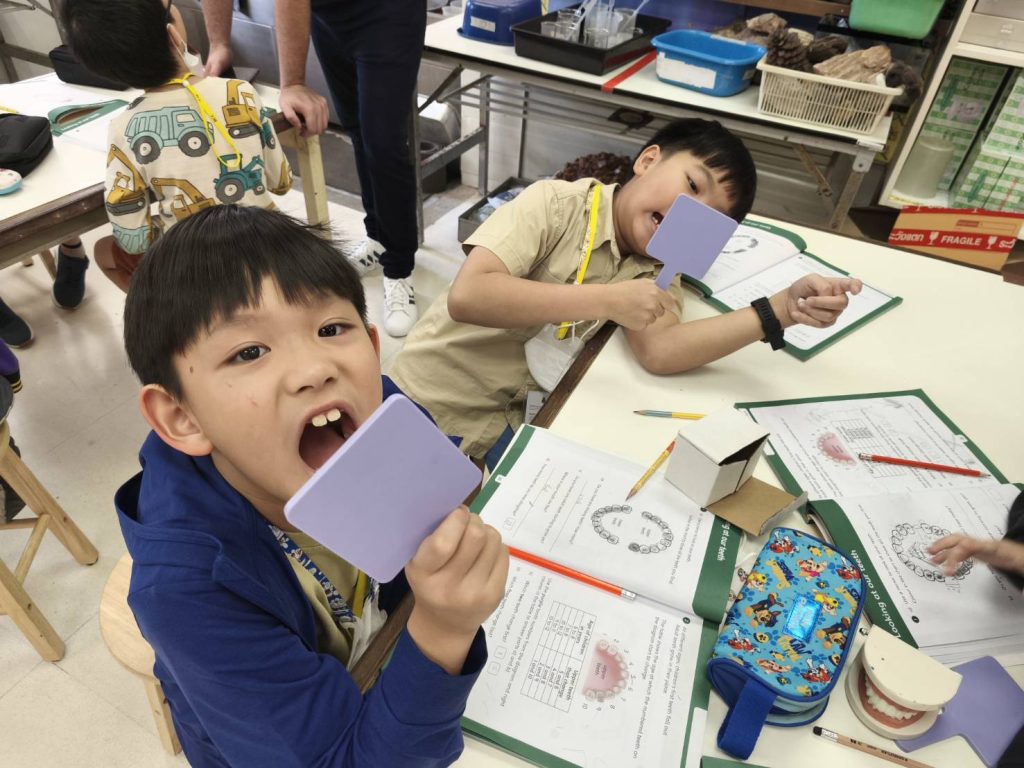Last week, our Grade 4 scientists took on a hands-on challenge to explore how bones, joints, and muscles work together to move our bodies. Their task? To build a working model of a human arm—without any help from the teacher!
Students had to rely on their classmates for support, which encouraged:
- 🤝 Collaboration
- 🧠 Problem-solving
- 🗣️ Communication
- 🌟 Leadership
Using materials like straws, string, tape, and cardboard, each group designed and assembled a model that mimicked how muscles pull on bones to create movement at the joints. The results were impressive! Some arms could bend at the elbow, others could lift small objects, and all showed a clear understanding of how our bodies function.
This activity wasn’t just about science—it was about learning how to work together, share ideas, and overcome challenges as a team. It was inspiring to see students take initiative, ask thoughtful questions, and support one another throughout the process.
We’re proud of their creativity and teamwork—and we can’t wait to see what they build next!
-T. Kevin Warnecke
